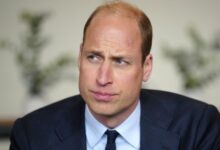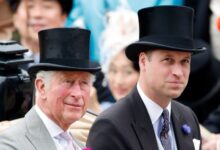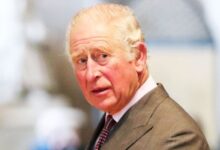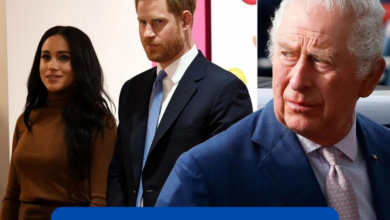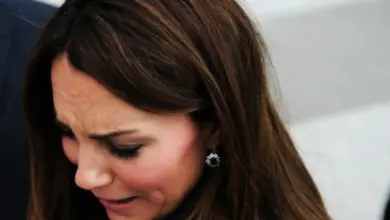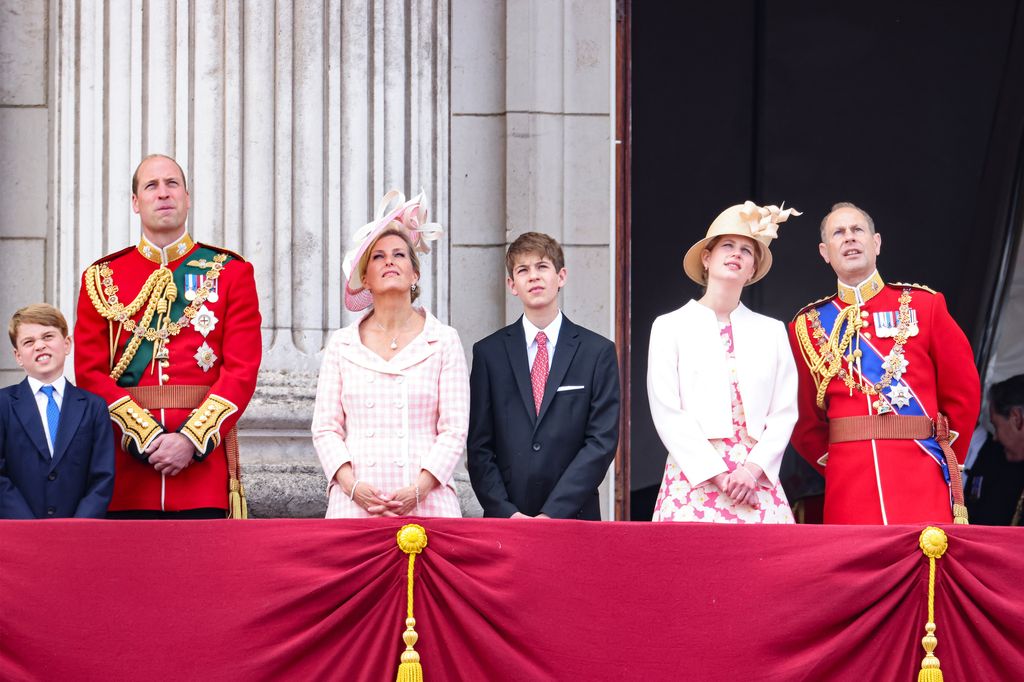
Princess Louise Windsor’s Transformation: A New Royal Chapter Unfolds
In the heart of the British monarchy, where tradition and modernity dance together, a significant transformation is taking place. Lady Louise Windsor, the youngest daughter of Prince Edward and Sophie, Countess of Wessex, has been elevated to the title of Princess by King Charles III. This enchanting moment has stirred curiosity, drawing the public’s gaze toward this young royal, who has often been a mystery.
The news of Lady Louise’s promotion to Princess broke like a soft summer breeze, yet its implications run deep. King Charles’ decision reflects both royal tradition and personal affection, marking a pivotal moment for Louise and her family. For those unfamiliar, Lady Louise is the granddaughter of the late Queen Elizabeth II and has largely lived outside the public eye. This change in her status signals not only her personal growth but also the evolution of the British monarchy itself.
Born on November 8, 2003, Lady Louise has lived a relatively private life, compared to her high-profile cousins, Prince William and Prince Harry. Raised in the serene setting of Bagshot Park, she enjoyed a balanced upbringing, combining the privileges of royal life with a grounded sense of normalcy. However, her childhood was not without its challenges, as she underwent surgery for esotropia, a condition affecting her eyesight. Despite these hurdles, Louise’s humble nature and quiet charm have endeared her to the public.
The decision to grant Louise the title of Princess marks a significant shift within the royal family under King Charles III. Following the passing of Queen Elizabeth II, the monarchy has been adapting to a world where tradition must meet public expectations. Elevating Lady Louise to royal status symbolizes not just a nod to the past, but an embrace of the future. King Charles has made it clear that the younger generation will play a vital role in shaping the monarchy’s future.

With her new title comes a world of opportunities and responsibilities. Traditionally, royal titles are accompanied by duties tied to public service and charity. Louise has already shown a keen interest in the arts and education and has supported several charitable causes. Now, as Princess, she has the potential to expand her influence, resonating particularly with a younger generation that seeks authenticity and connection from their leaders.
As the news of Louise’s new title spread, social media buzzed with excitement, fans celebrating her rise with hashtags like #PrincessLouise. The public’s reaction underscores a growing fascination with the personal lives of the royals, and Louise’s relatable journey, from a young girl facing health struggles to a poised young woman, has captured many hearts.
But this transformation is about more than one person. It signals a broader evolution in how the royal family is positioning itself under King Charles III. The monarchy, once seen as distant, is gradually opening up to the public, with younger royals like Louise representing a bridge between tradition and a more modern, accessible future.
Louise’s story is just beginning. With her new title, the world will be watching as she navigates her role within the royal family, making her mark through public engagements, charitable work, and perhaps redefining what it means to be a princess in the 21st century. Her rise is not just a royal milestone—it’s a captivating chapter in the ever-evolving tale of the British monarchy. And as we look forward, one thing is certain: the world will be watching Princess Louise, eagerly awaiting the next steps in her royal adventure.

